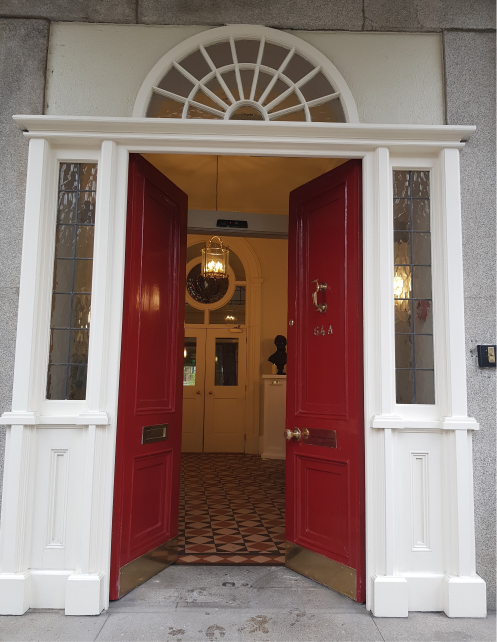Welcome to Catherine’s House
Welcome to Catherine's House, the first house of Mercy built by Catherine McAuley in response to the needs of the poor of Dublin. It is home to the Mercy family from all over the world.
Catherine's House is a Centre of Hospitality, Heritage, Pilgrimage and Renewal. It is a Wellspring of inspiration for those who come to continue Catherine's mission with new life.
If you are in Dublin, tours of Mercy International Centre are available. Tours are conducted by appointment Monday through Friday. A tour takes approximately 1 hour and costs €10 per person. To register an individual or group tour contact us.


)
)
)
)
)
)
)
)
)
)
)
)
)
)
)
)
)
)
)
)
)
)
)
)
)
)
)
)
)
)
)
)
)
)
)
)
)
)
)
)
)
)
)
)
)
)
)
)
)
)
)
)
)
)
)
)
)
)